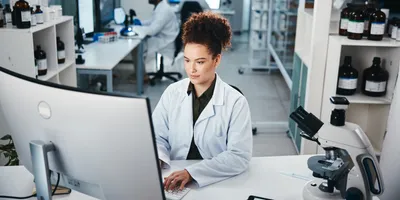All by Boise State University
Filter by
AllArticlesAudioEbooksEventsInfographicsNewsProductsSurveysDocumentsVideosVirtual EventsWebinars
Center will allow Boise State to better answer industry’s call for a more broadly based, technically fluent workforce

In the race to find more effective ways to treat cancer, Boise State University biophysicist Daniel Fologea is working outside the rules of general mathematics that say one plus one equals two. In his world, one plus one adds up to a whole lot more.

A $10 million grant over five years from the National Institutes of Health will establish a prestigious Institutional Development Award (IDeA) Center of Biomedical Research Excellence (COBRE) in Matrix Biology at Boise State University. COBRE centers promote collaborative, interactive efforts among researchers with complementary backgrounds, skills and expertise.

Everyone from the Boise, Idaho area is familiar with the scenic Boise River next to the Boise State University campus, but only a few insiders know about a hidden stream located downtown at the intersection of Broadway and Front streets. The artificial stream, called a “flume,” can be found on the ground floor of the Idaho Water Center and is the site of a collaborative research initiative by scientists from Boise State and the University of Idaho (UI). The project is funded by the National Science Foundation (NSF).














